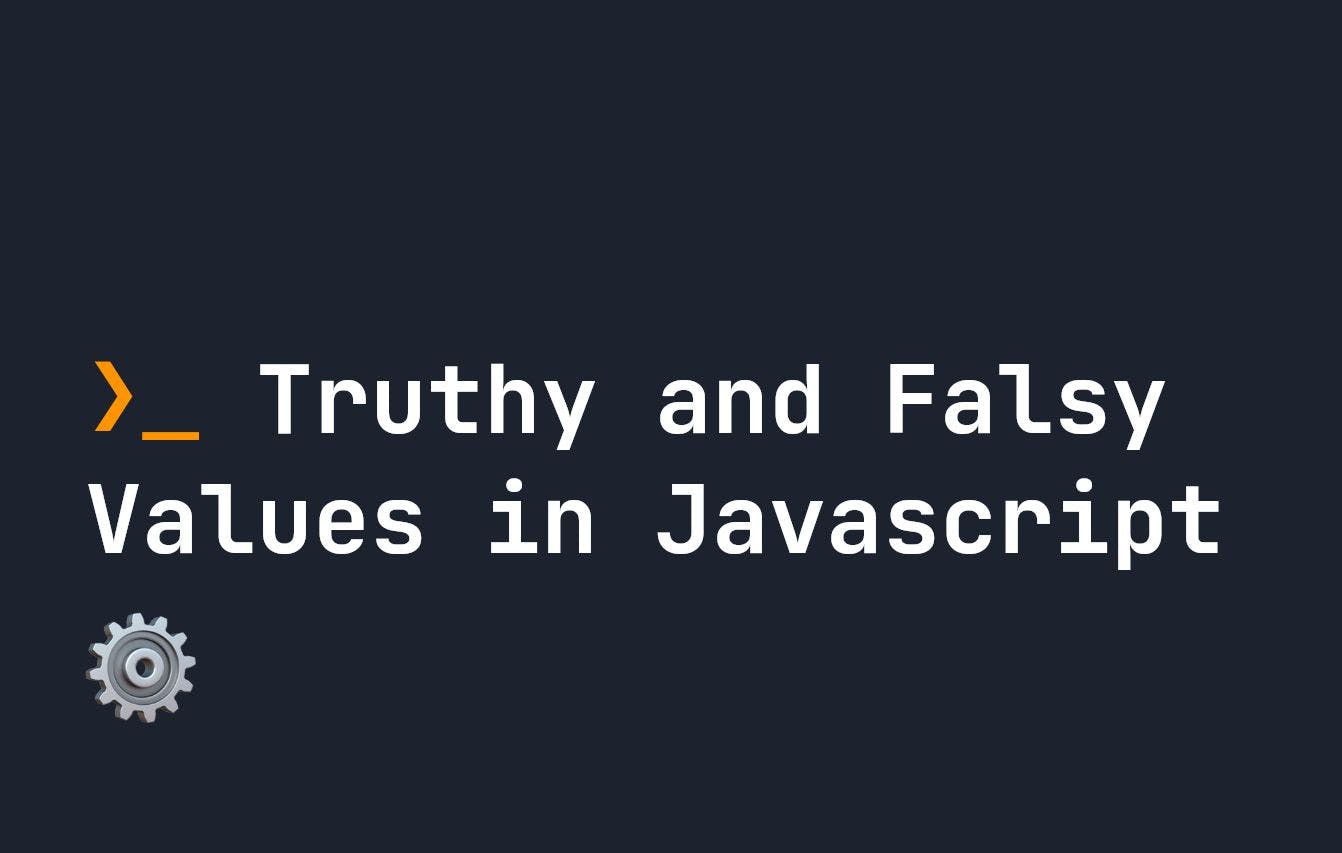In JavaScript, things can be true, or false, but they can also be truthy or falsy. The concept of truthy and falsy are usually considered only in a boolean context, like in an if..else statement, but they also affect other parts of JavaScript - for example, what is returned from the logical OR operator.
What Does Truthy and Falsy Mean in JavaScript
Something is considered falsy in JavaScript if it can be converted to false. In the same way, something is truthy simply if it is not considered falsy.
While falsy may seem like a vague statement, it actually has a specific definition.
The following values are considered falsy:
false0or-0or0n- any empty string, i.e.,
"" nullundefinedNaN
Similarly, anything that is not equal to these is considered truthy, for example:
- any object, i.e.,
{}, or[]. - any non-zero number
- any non-empty string
- any non
null,undefined, orNaNvalue.
Use of Truthy and Falsy
truthy and falsy values have implications in JavaScript logic. For example, anything that can be converted to truthy in a boolean setting (such as if..else) is converted to true, and the same goes for falsy statements.
For example, the following if statement is true, simply because "1" is a truthy statement:
if("1") {
console.log('ok');
}
If the statement instead said if(0), it would return false, since 0 is falsy. As you get into JavaScript, you'll find references to truthy and falsy everywhere, so it's good to familiarise yourself with the concept now.


